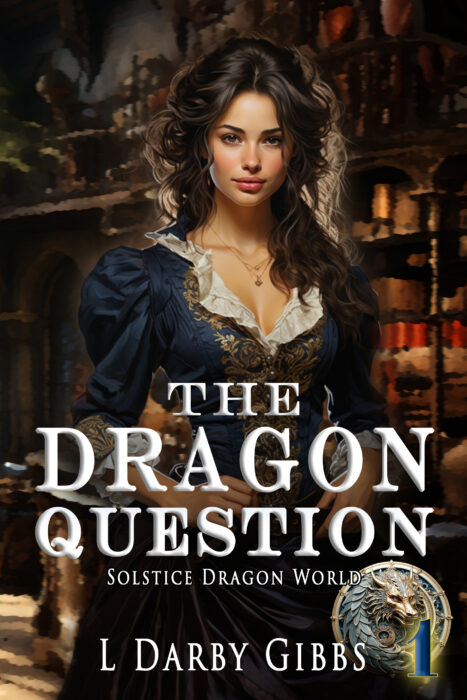Always looking at a master’s work before tackling your own world building is a good way to not just see the process in action but immerse yourself in it, so when you dive into your own work, the spell has been cast, a sense of the cape of good building has been settled like…
Tag: world building
March 12, 2014
